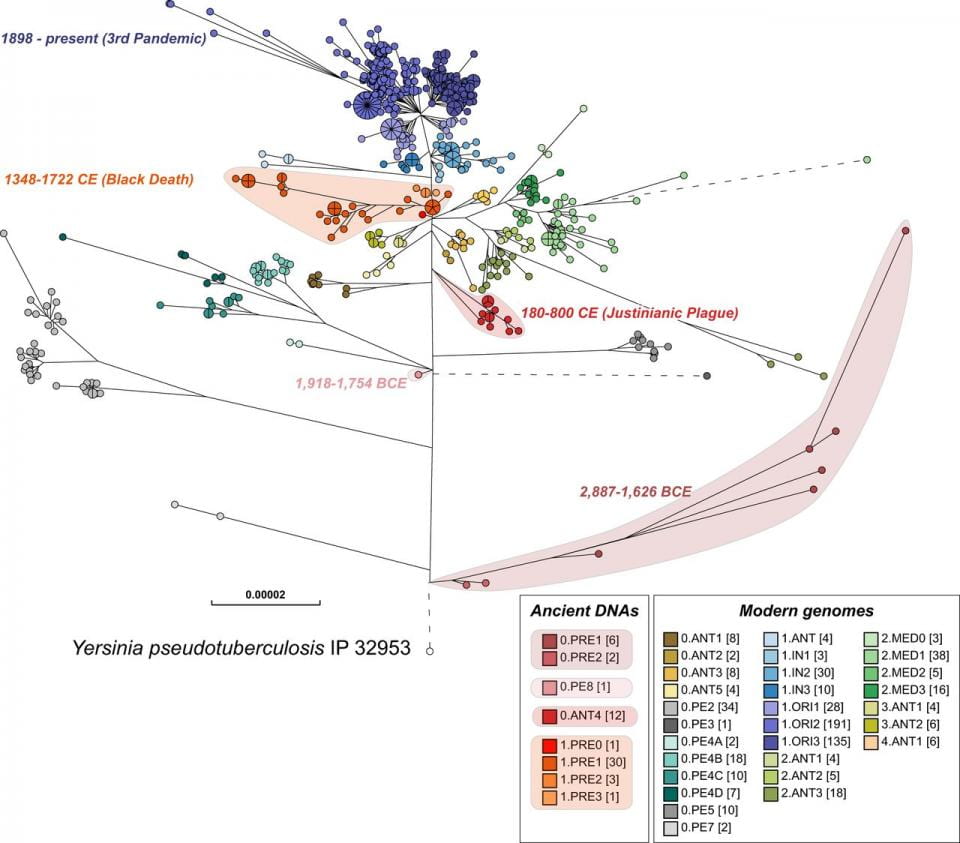The perceived effects of the Justinianic Plague are hotly debated. While some scholars believe it killed as much as half the population of the Mediterranean world and contributed to the fall of the Roman Empire, others argue that it was inconsequential demographically and was not a significant factor in any large-scale historical processes. The increasing use of paleogenetics in the discussion has raised questions about the limits of history as a discipline. This article outlines two broad approaches to the Justinianic Plague, highlights some of the stakes involved, and offers a way forward.
This essay appears originally in the “Terms of Disaster” collection in the online journal Arcadia. Please click here to read the original peer-reviewed article.

Lee Mordechai is currently a senior lecturer at the Hebrew University of Jerusalem. His current interests are a combination of environmental history, particularly in re-evaluating late antique disasters such as the Justinianic Plague and earthquakes in the eastern Mediterranean, and eleventh-century Byzantine social history. Lee is also the associate director and co-PI of Princeton’s CCHRI (Climate Change and History Research Initiative, cchri.princeton.edu), where he examines societal resilience to short-term environmental stressors in premodern Mediterranean societies.
Merle Eisenberg is a postdoctoral fellow at the National Socio-Environmental Synthesis Center (SESYNC). He works on how people experienced the end of the ancient world with a focus on the fall of Rome in southern France and the Justinianic Plague across the Mediterranean world.
Related:
Gürbe River Flood:: Melanie Salvisberg (Switzerland)
The Japanese Islands and Infectious Diseases :: Toyoko Kozai (Japan)
* * *
The Teach311 + COVID-19 Collective began in 2011 as a joint project of the Forum for the History of Science in Asia and the Society for the History of Technology Asia Network and is currently expanded in collaboration with the Max Planck Institute for the History of Science (Artifacts, Action, Knowledge) and Nanyang Technological University-Singapore.
![[Teach311 + COVID-19] Collective](https://blogs.ntu.edu.sg/teach311/files/2020/04/Banner.jpg)